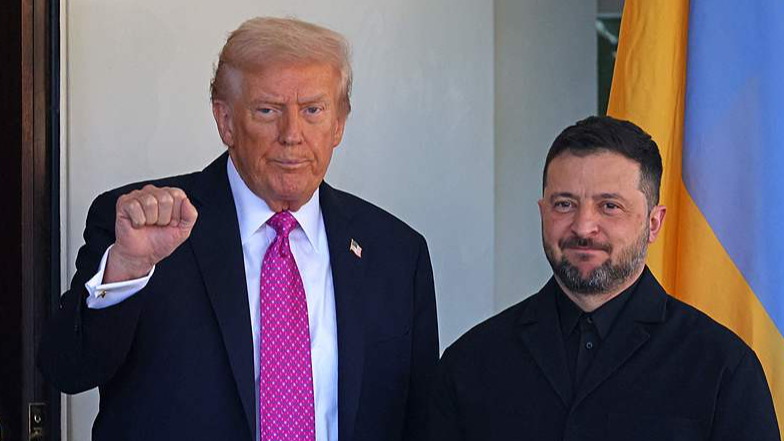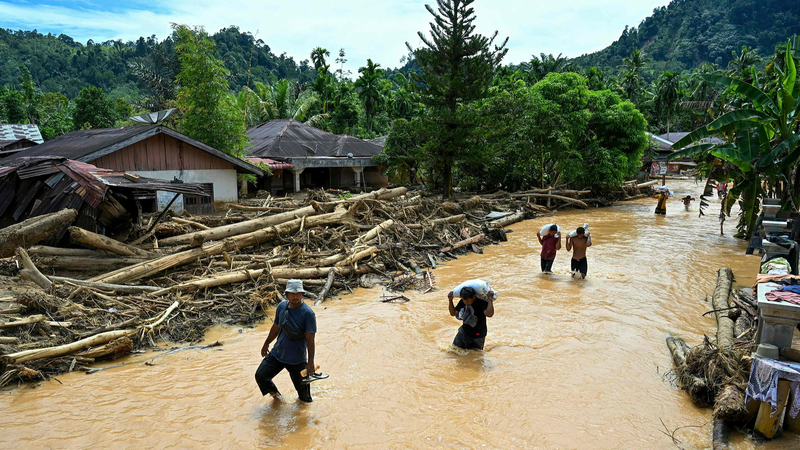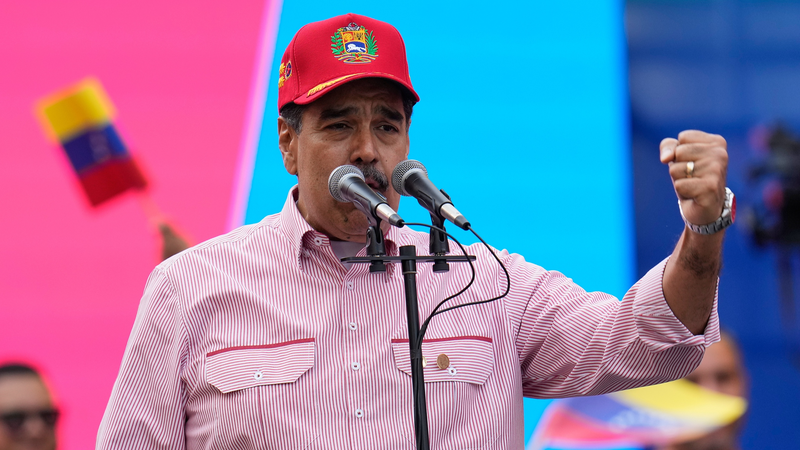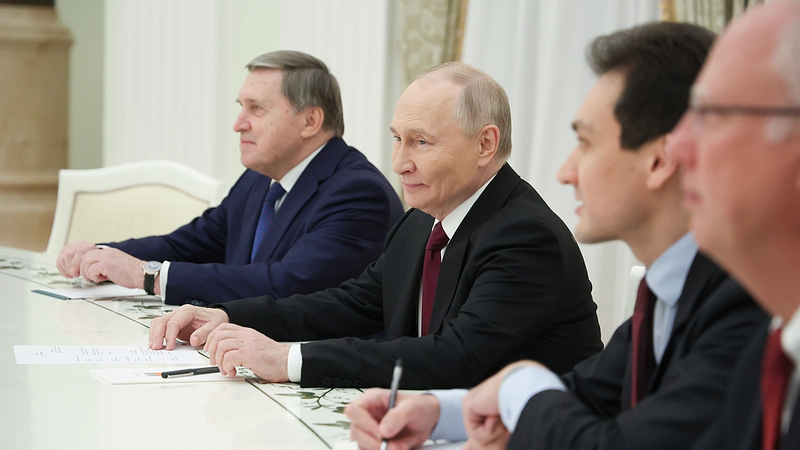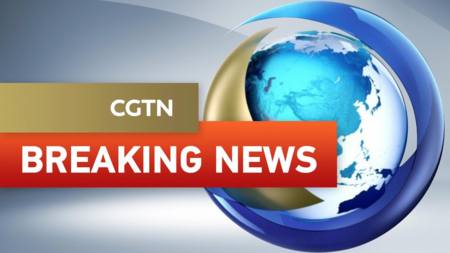Imagine boarding a high-speed train in Alaska and emerging in Russia’s Far East. What sounds like science fiction is the core of the so-called 'Putin-Trump Tunnel'—a bold proposal to build a 112 km rail link under the Bering Strait.
Originally floated by Kirill Dmitriev, President Vladimir Putin’s investment envoy and head of Russia’s RDIF sovereign wealth fund, the project would cost around $8 billion and could be built in under eight years with backing from Moscow and 'international partners.' It aims to unlock joint resource exploration and become a symbol of unity between the U.S. and Russia.
In Washington, U.S. President Donald Trump responded to the tunnel idea with intrigue. 'That’s an interesting one,' he told reporters at the White House after a call with President Putin. 'We’ll have to think about that.'
Not everyone is on board. Ukrainian President Volodymyr Zelenskyy—who was in town to discuss ways to end the three-year conflict with Russia—made his stance clear: 'I’m not happy with it.'
The narrowest stretch of the Bering Strait spans just 82 km, but past schemes dating back 150 years have stalled amid engineering challenges and shifting geopolitics. Dmitriev has even suggested tapping Elon Musk’s The Boring Company as a key contractor, though there’s been no word yet from Musk himself.
Beyond the technical hurdles, the tunnel raises bigger questions for young global citizens and business leaders: Could such mega-infrastructure reshape trade, tourism, and diplomacy? And in a world craving connectivity, is the next frontier literally under the sea?
As conversations kick off in Washington and beyond, we’ll be tracking how this daring vision evolves—and what it could mean for the future of global travel and cooperation.
Reference(s):
A tunnel from Russia to Alaska? Trump calls proposal 'interesting'
cgtn.com
